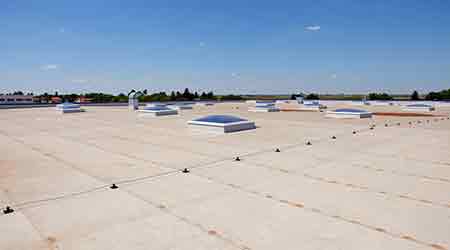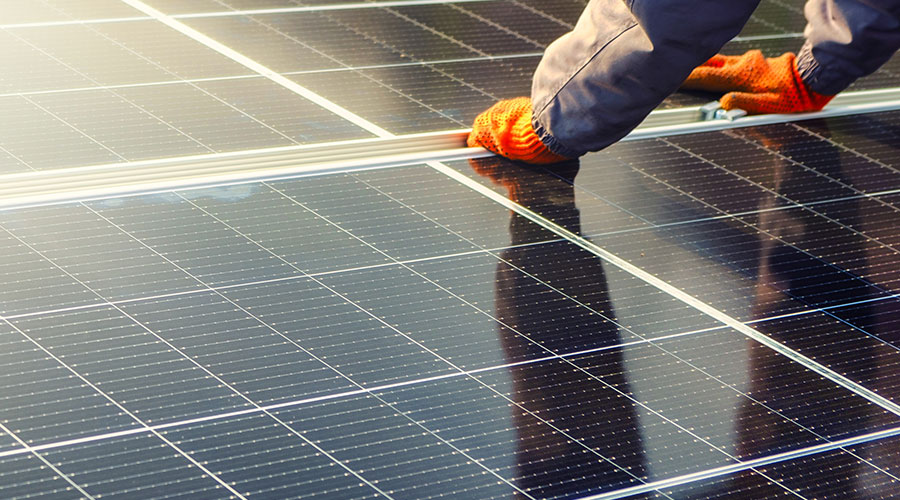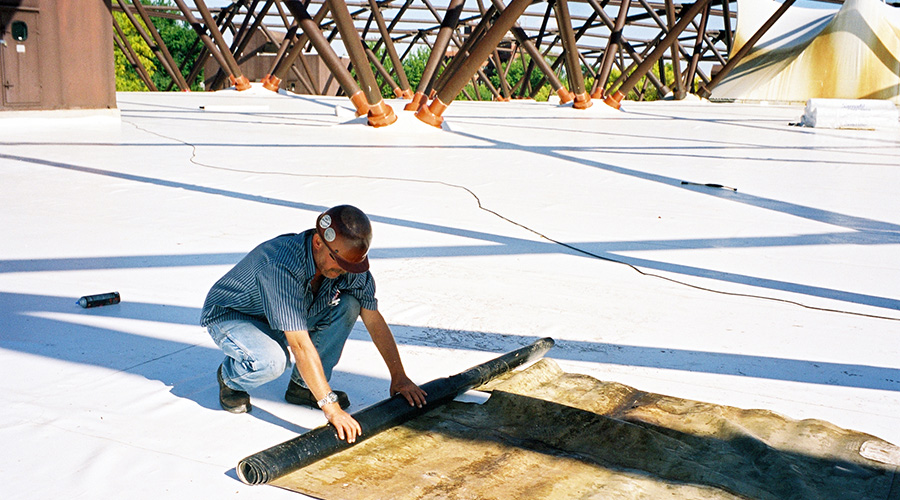Roofing Riddle: Repair, Replace or Recover?
Part 1 of a 4 part article covering the options managers face for roofing projects
Maintenance and engineering managers confronted with a problematic roof have a difficult decision to make. Is the best option to repair the existing roof, leave the existing roofs in place and install a new roof over it, or remove and replace the existing roof? The answer depends on several factors that managers must consider before making a decision.
The right decision can result in reduced risk to employees and operations, efficient use of funds, and long-term roof performance. Making the wrong decision, in addition to being stressful, can result in the opposite; premature roof failure, unplanned expenses, increased risk to employees and production, and possible building code violations.
How roofs fail
Roofs seldom fail suddenly, and few failures are major collapses. Failure generally occurs as a result of a series of small progressive events, including: general neglect and abuse; roof traffic that results in punctures and damage; changing weather conditions that create thermal stress at seams and flashing details; chemical contaminants that cause deterioration; and sunlight that delivers heat and ultraviolet (UV) light and cause roofing materials to deteriorate.
Maintenance crews can easily fail to notice these situations, allowing water to enter the roof system damaging insulation, roof decking and interior spaces. If the existing roof system includes a vapor barrier or has a second roof installed, water that enters the roof system might be trapped, damaging system components even though it is not leaking into the facility.
These situations can result in premature failure of the top roof. Although each system is different, they share deficiencies that can result in the need for repairs or potential failure: leaks, standing water, shrinkage, blisters, splits, punctures, wrinkles, protruding fasteners, and surface deterioration.
Related Topics:
















